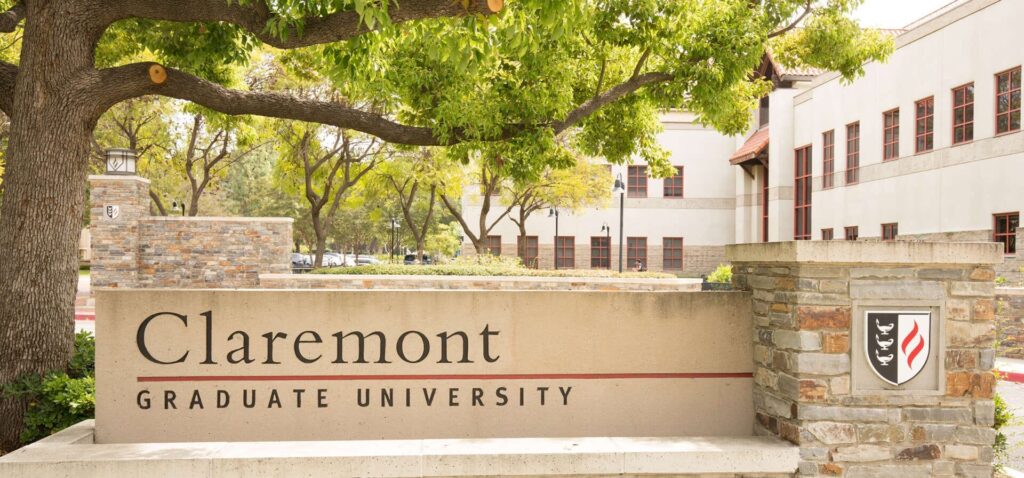City street usage issues dominate latest council meeting
Speeds on Mt. Baldy Road are getting steeper.
The Claremont City Council Tuesday night adopted a resolution increasing the speed limit on Mt. Baldy Road from 45 mph to 50 mph. The increase is necessary to allow police to legally enforce speed limits on Mt. Baldy, from Padua Avenue to the east city limit.
A city speed survey conducted in 2012 indicated that a 5 mph increase was needed on Mt. Baldy Road and a number of other streets throughout the city. In July, however, the council approved adding traffic calming measures on a majority of those streets in an attempt to reduce speeds without raising limits. Mt. Baldy Road was not approved to receive traffic calming measures, however, because “the steep grade and curvilinear design” of the street was not appropriate for such measures, according to City Engineer Loretta Mustafa.
Another survey will be conducted in several months in order to see if the additional traffic calming measures were effective in reducing speeds. In the meantime police will be unable to properly enforce those streets speed limits because they do not comply with state mandates. Tuesday’s decision, however, ensured that police would still be able to keep drivers accountable on the north Claremont roadway.
Foothill Boulevard speed increases postponed
While the speed limit on Mt. Baldy Road will climb, officials agreed to maintain the 40 mph maximum on Foothill Boulevard, at least for another few years.
Claremont council members unanimously agreed to extend the existing speed survey, conducted by Caltrans in 2006, for 3 more years. California code allows officials to extend speed surveys a maximum of 10 years if it is determined there has been little to no impact to traffic volume on the roadway being surveyed. With the extension of the 210 freeway reducing traffic on Foothill balancing with the traffic flow generated by Foothill corridor businesses, Ms. Mustafa believed the street has not experience significant changes since the last survey. With Ms. Mustafa’s recommendation, the council has opted to wait until 2016 to consider a change to Foothill Boulevard’s speed limit.
More parking restrictions for wilderness area neighborhoods
Fixing city streets was the theme of Tuesday night’s council meeting. As city crews began installing permit parking on streets adjacent to the Claremont Hills Wilderness Park this week, the Claremont City Council approved an additional restriction to Via Santa Catarina, located off Mountain Avenue and adjacent to an entrance of Johnson’s Pasture.
The city will add 80-feet of red curbing and no parking signs to the end of the cul-de-sac on Via Catarina. A tow-away zone will also be added within this new “no parking” area.
Though not all welcomed further parking restrictions, the council unanimously agreed it was a compromise they were willing to make for “the quality of life” of Claraboya residents.
“Something is certainly not working at that entrance to the wilderness park,” said Mayor Pro Tem Joe Lyons.
Mr. Lyons believed adopting stricter enforcement of the no parking areas by adding a “tow away” zone would help alleviate residents’ concerns.
“Though it’s a pretty harsh shtick to be used, we have certainly tried every way possible short of that to mitigate some of the issues that have arisen out of the popularity of our park,” he said.
This isn’t the first time the council has reviewed parking restrictions along the Mountain Avenue outlet. In February 2011, the council added residential permit parking on Via Santa Catarina to be enforced dawn to dusk, in addition to the red curbing already in place along the south side of the street.
In December 2012 resident David Jacks, who lives near the end of the cul-de-sac closest to the park, requested the permit parking be extended 24-7. The request was denied as the council instead moved forward with creating an overall master plan to address issues, such as parking, related to the increased popularity of the city’s wilderness areas.
However, Via Santa Catarina have continued with the completion of a master plan still a year away. A petition, recently signed and submitted by Mr. Jacks and more than 50 percent of the street’s residents, proved to officials that a reprieve in the interim was necessary. Chief of Police Paul Cooper informed councilmembers that officers have been called up to Via Santa Catarina to ticket park violators on a nightly basis, confirming the need for further restrictions.
Not all were pleased with the council’s decision to further restrict the street. A couple hikers, who claim they have been using Via Santa Catarina to enter Johnson’s Pasture for the past 25 years, were unhappy with further restrictions to the already heavily regulated street. Resident Sandy Schuster felt a significant compromise had already been made with the addition of permit parking in 2012.
“It is making is making it more difficult for me and members of the public who want to come and use a public good, to use that public good,” Mr. Schuster said. “We are removing the compromise.”
With a majority of the street saying otherwise, however, the council voted in favor of providing further relief to Mr. Jacks, while remaining in favor of reviewing parking issues holistically through the creation of a wilderness area master plan.
“The goal of this master plan is to ultimately balance the appreciation of our natural resources, while maintaining the quality of life for our neighborhoods,” said Councilmember Sam Pedroza. “I’m a strong believer in our open space…however, as a council member I am going to be supportive of the staff recommendation so that we can address the immediate issue.”
—Beth Hartnett
news@claremont-courier.com










0 Comments